WILLS POINT, TX – GFA World (Gospel for Asia) founded by K.P. Yohannan, which inspired numerous charities like GFA World Canada, to assist the poor and deprived worldwide, issued this Special Report on Child Sponsorship — Does it Lift the Young Out of Poverty?
In existence for many years, child sponsorship has been adapted by Christian ministries and NGOs alike as it provides education, sustenance and other benefits impoverished children might otherwise never have. But does it work? Does sponsoring children really help kids escape a life of poverty? This article is intended to get to the bottom of those questions, and more.

About two years ago, Compassion International joined the billion-dollar charity club. That put it alongside such noted names as United Way, Salvation Army, the Red Cross and the YMCA. Its 2020 fiscal year income topped that mark by $1.2 million, growing 4 percent over the previous year despite its major spring fundraising initiative getting canceled because of COVID-191.
A key element of this news is Compassion’s status as one of the best-known organizations built on child sponsorship, a valuable component of lifting children out of poverty worldwide. Sponsors help provide kids with such opportunities as education, medical care, protection against malnutrition, and clean water. That such purposes resonate with donors is demonstrated by the Colorado Springs-based ministry’s record of 21 years of consecutive growth2.
“Our sustained growth is a testament to our faithful supporters who are committed to the work we are called to do in releasing children from poverty in Jesus’ name,” Controller and Vice President of Finance Amanda Whitmire told the city’s Gazette newspaper. “[It is also] our ability to continue that work with increasing effectiveness and efficiency through our workforce and dedicated church partners.”3
Child Sponsorship: A popular model
While groups like Compassion offer one-on-one matches between a sponsor and a child, others put donations to work through community development. Some organizations utilize other methods, but no matter how the money is used, child sponsorship is purported to offer children a chance to escape the cycle of poverty that can trap people for a lifetime. (One recent estimate places the number of sponsored children worldwide at 10 million.4)
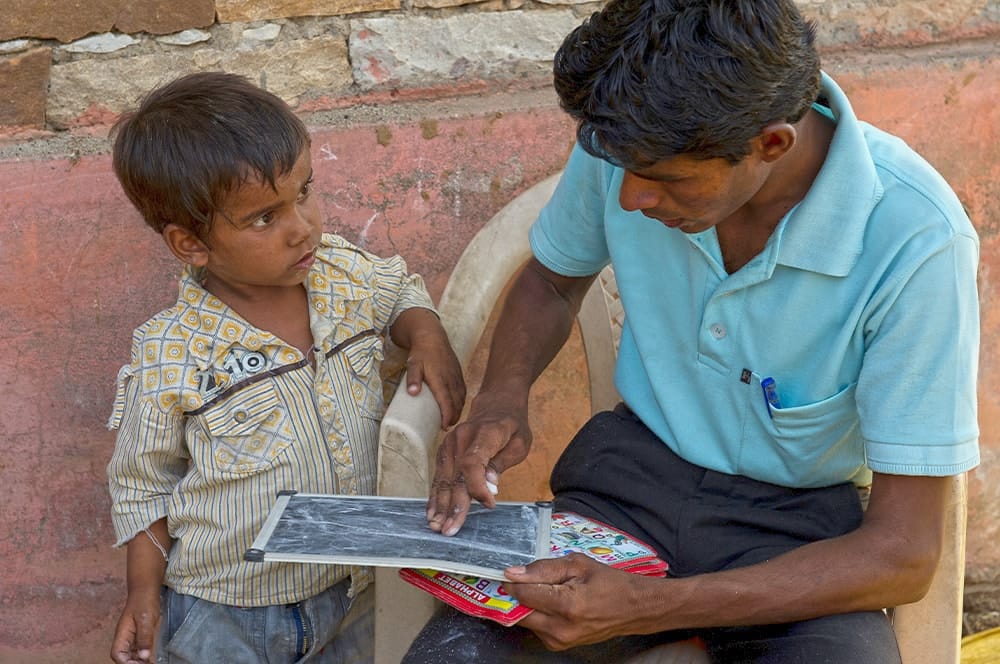
According to the World Bank, 53 percent of children living in low- and middle-income nation are classified as “in-school non-learners,” meaning they are enrolled in school but do not retain the things they learn.5 The agency found that children in this group cannot read or comprehend a short, age-appropriate story by the time they finish grade school. In poorer countries, the agency says the number can range as high as 80 percent.6 What’s worse, those who fail to finish school can easily join the ranks of the world’s 160 million child laborers.7
This was the kind of bleak situation facing a boy in South Asia named Neale not too long ago. The eight-year-old lives in a rural mountain village with his parents, who are employed in the area’s fertile tea fields. Their meager earnings aren’t enough to cover necessities, meaning Neale sometimes doesn’t have bus fare to make it to school. Because of sporadic attendance, his grades were dropping. This was devastating for the boy as a good education would be instrumental for him to be able to one day get a good job and be able to fulfil his dream of helping his mother.8
That’s when one of Neale’s teachers, who had noticed his situation, showed up at his home to tell him about a way to receive tutoring. The solution: a child sponsorship program operated by Gospel for Asia (GFA World), a non-governmental organization that operates in Asia and Africa. It meant Neale could receive the attention and time he needed to thrive. The following week, Neale sat with dozens of children like him listening to their tutor. After school, child sponsorship staff helped reinforce the lessons and helped him complete assignments.
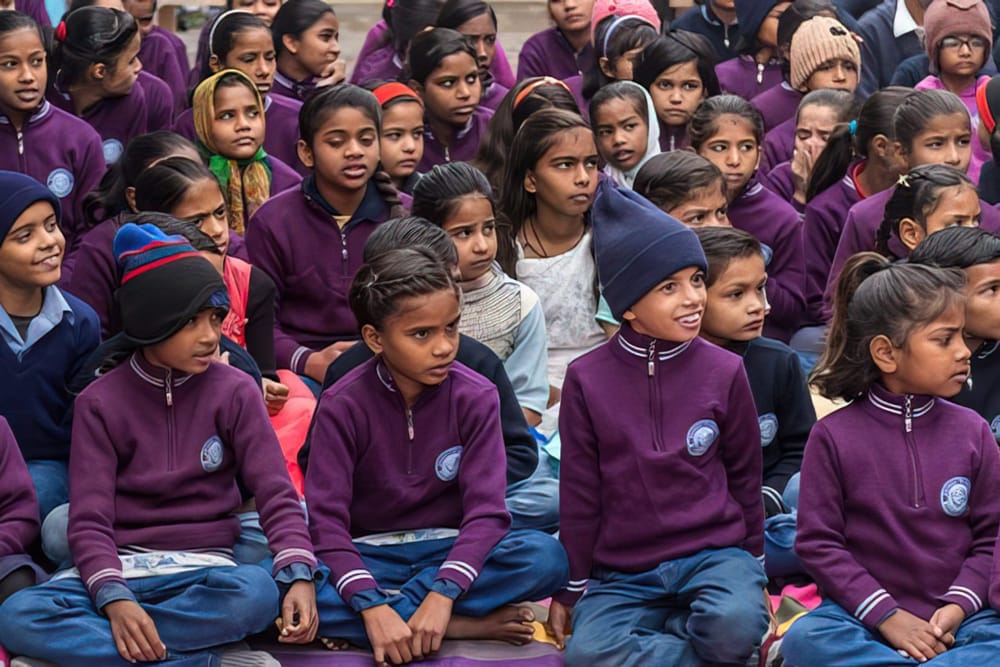
“Neale also received a nutritious meal, tips on proper hygiene and school supplies—greatly relieving his mother of additional financial expenses,” Gospel for Asia (GFA World) reported. “The staff saw to his every need, wanting to help Neale achieve his dream. They offered all sorts of guidance, instilling within him the discipline he needed to advance his education and grow as an individual. Little by little, as Neale’s grades rose, so did his hope. That good job he wanted didn’t seem so distant now; helping his mother didn’t seem so impossible now.”9
This is a key attraction for sponsors; such programs afford them the opportunity to help desperately needy children who otherwise face a bleak future. In its materials, Compassion International outlines a variety of benefits, beginning with holistic child development that blends physical, social, economic and spiritual care to help each child fully mature. Thousands of churches in low- and middle-income nations tailor this model to the contextualized needs of the children in their community.
Other benefits the ministry lists include the opportunity to hear the gospel, better health, better nutrition, education and vocational support, safety and protection, and socio-emotional development.10 Plus, personal correspondence; in 2020, Compassion translated and sent 4.9 million letters from sponsored children to U.S. sponsors. Spokesperson Tim Glenn says the ministry’s growth is “a testimony of the power of relationship. The relationship between sponsor and child, the relationship between our ministry and our church partners, and of course, the relationship between God and his people.”11
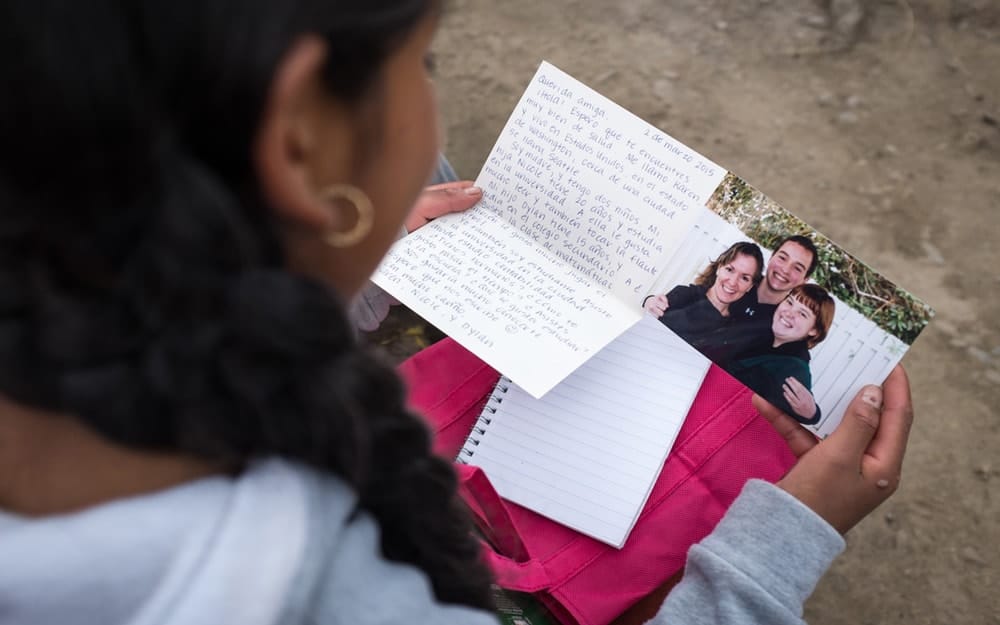
Approaches Vary When it Comes to Sponsoring a Child
Another sponsorship charity founded four decades ago by a group of five Catholic lay workers (four siblings and a friend) reached the $2 billion in total aid distributed last year. Based in Kansas City, Kansas, Unbound serves 300,000 people in 19 countries throughout Latin America, Africa and Asia.12

Originally the Christian Foundation for Children and Aging, the organization says most sponsored children have representation through small parent/guardian groups that direct how the funds are allocated. They commonly go toward food, education and skills training, health care, improved living conditions, and seed capital for a farm or small business.13
One 25-year-old woman, who is now a nurse in South Asia, said without sponsorship, it would have been impossible to achieve her goals. President and CEO Scott Wasserman said the number of lives Unbound has helped in its history is “humbling,” with the $2 billion marking a milestone in providing sponsorees with dignity and a path out of poverty.14
“The World Bank estimates 120 million more people will fall below the poverty line because of the COVID-19 pandemic,” Wasserman said. “[That] just strengthens our resolve to continue helping marginalized people around the world emerge from poverty as happier, healthier, contributing members of their communities.”15
Unbound’s approach shows the difficulty of trying to place sponsorship in a neat box. This is further illustrated by one of the larger sponsorship organizations, World Vision. The Seattle ministry, which takes in more than $1 billion annually, tweaked its sponsorship model in 2019. World Vision’s “Chosen” program allows children to select their donors instead of donors choosing them.16
Initially done through a pilot project with seven churches across the U.S., the following year World Vision expanded the system to 22 countries, potentially affecting 180,000 children. The move came partially in reaction to criticism that allowing sponsorees to choose children gave them a sense of power while diminishing that of poor children.
Still, whether the child picks the sponsor or vice versa, Hillary Kaell—an associate professor at Montreal-based McGill University and the author of a book about child sponsorship in the U.S.—said that the ministry sees God at work in either direction.
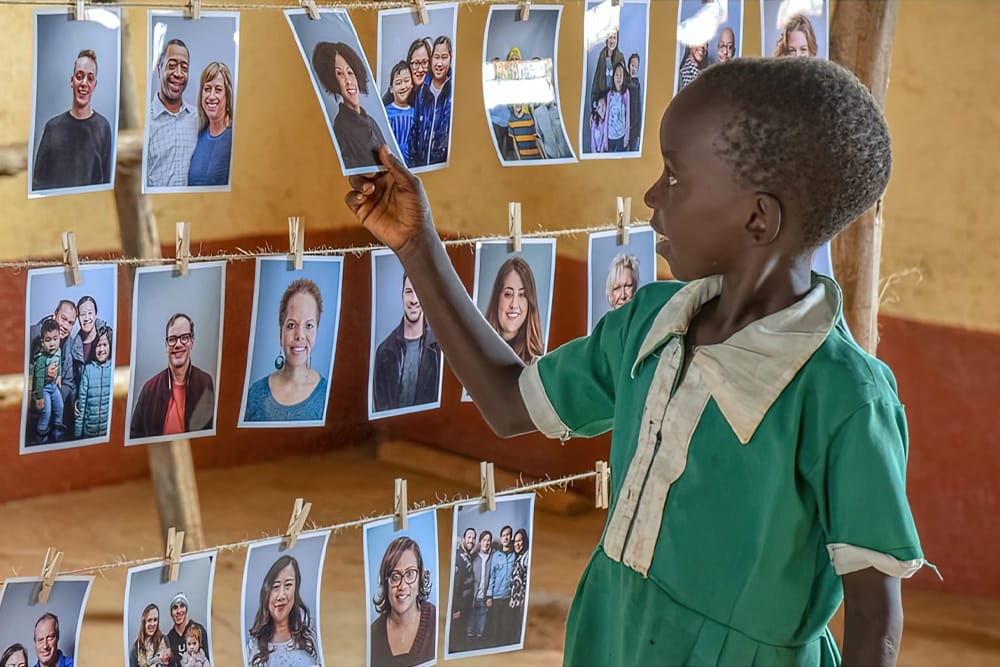
“In promotional videos for its Chosen program, World Vision makes it clear that God is still the guiding force…” wrote Kaell. “Sponsors say, ‘There are so many things that are bigger than us. … Through God we’re intertwined.’ Or they marvel at how a child across the world is serving as God’s ‘mouthpiece’ by choosing them. [Sponsor] Nichole feels it, too. After watching a video of [child] Junayet choosing her, she told me, ‘I could see God in the moment. Junayet came up with all of the joy in the world. He literally ran to my photo. God’s hand is in all those moments.’”17
Not all child sponsors, or sponsorship programs, come from a religious perspective. One example is Children International, a secular nonprofit formed in 1936 to provide food baskets for women and children in two Israeli cities. Over the next two decades, it expanded to an orphanage, a medical clinic and an orthopedic hospital.18
In the 1970s the organization experienced expansion and growth, with the Kansas City-based charity making a gradual shift to a sponsorship model that helped children in Asia and Latin America. Today it maintains 67 community centers in 10 nations (including the U.S.) on five continents. According to the organization’s website, “As a secular organization, we respect and honor the religions, cultures and languages of all our children and families. Sponsored children and our staff work together to achieve our goal of ending poverty for good through programs that focus on health, education, empowerment and employment.”19
Dhitha was once a Gospel for Asia (GFA World) sponsor child herself. After finishing high school and attending college, she returned to become a teacher for other sponsored children. She is able to be a unique help as she was once in the exact situation many of these children are in right now. Dhitha, like the other teachers and social workers she serves with, loves the children in her care deeply and they are thriving as a result.
Sponsorship Success

Photo by University of San Francisco
One of the most newsworthy developments of the past decade on this topic has been leading academic research that proved a central point: child sponsorship works. University of San Francisco (USF) economics professor Bruce Wydick and two associates made that discovery in a study that attracted attention from national magazines in the U.S. and other media across the world. Their study found sponsorship made large, significant impacts on years of schooling and the probability and quality of employment.20
Conducted over two years, the research analyzed data from six countries (Bolivia, Guatemala, India, Kenya, the Philippines and Uganda) for children sponsored by Compassion International. In an abstract, Wydick, University of Minnesota professor Paul Glewwe and USF graduate student Laine Rutledge wrote, “Early evidence suggests that these impacts are due, in part, to increases in children’s aspirations.”21
One media report said about the study:
To give you some specific statistics, it was found that formerly sponsored children stayed in school…
were 27 to 40 percent more likely to finish secondary school than those who were not enrolled in the Child Sponsorship Program;
were 50 to 80 percent more likely to complete a university education than non-sponsored children.22
In some respects, the ministry’s projects are similar to government and international programs that promote education, Wydick and his associates wrote in their 2013 paper, published in the Journal of Political Economy. Sponsors pay for children’s school tuition and program, nutritious meals, health care and tutoring. However, they added, what distinguishes Compassion from most government, international, and some other sponsorship programs is children spending at least eight hours a week in an intensive after-school program that emphasizes spiritual, physical and socioemotional development23.
“In the sample, the average duration of sponsorship was 9.3 years,” they wrote. “So … by the end of their childhood, sponsored children have participated in about 4,000 hours of Compassion programming, including extra activities such as retreats and camps. A primary objective of this extended contact is to raise the child’s self-esteem, aspirations, and self-expectations.”24
What’s more, recent economics studies suggest that internal constraints that reflect low aspiration can lead to poverty traps. After the professorial team reported on adult life outcomes, they presented a summary of evidence from three follow-up studies of 1,380 Compassion-sponsored children in Bolivia, Kenya and Indonesia. The studies found that sponsored children exhibited higher levels of self-esteem, aspirations and self-expectations—and lower levels of hopelessness.25
The summary table included such results as the following:
- Total years of education: Mean, sponsored individuals, 12.03; non-sponsored individuals, 10.24.
- Completed secondary school: Mean, sponsored individuals, .646; non-sponsored individuals, .449.
- Completed university: Mean, sponsored individuals, 0.78; non-sponsored individuals, .043.26
Ian McInnes, former CEO of Tearfund—a charity that partners with churches in 50 of the world’s poorest countries—said the study was a particularly heartening one that illustrated why the London-based group and Compassion choose to work directly with children in need.27
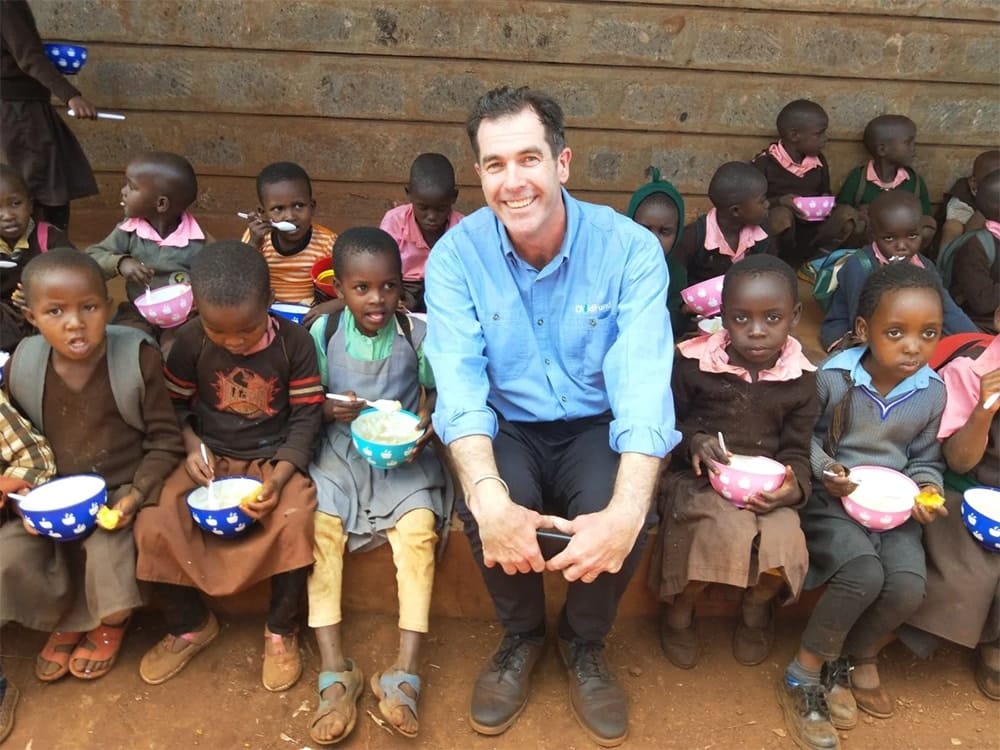
“Locally-run child sponsorship [programs] that invest in the lives of children over a number of years ensure that these children do not fall through the cracks,” said McInnes, who stepped down in 2015. “They grow up better educated, healthier, more confident and spiritually connected.” Added former ChildFund New Zealand CEO Paul Brown: “It confirms what sponsored children tell us; that not only is practical support important but the knowledge that someone far away cares about them and provides encouragement helps them believe in themselves and succeed.”28
It wasn’t just sponsorship organizations that lauded the study. BBC News interviewed a former Compassion sponsoree named Peace Ruharuza, who grew up in Uganda and later moved to the United Kingdom before returning to her homeland to raise her three children.29 The charity she founded, Fountain of Peace Children’s Foundation, is still in operation. Based in the UK, it provides support for children across the Kyenjojo region of western Uganda. One of 14 children, Peace spent much of her childhood passed around between family members and experienced considerable neglect and abuse. Sponsored by a Canadian family at the age of nine, she told BBC that sponsorship gave her the boost she needed: “It gave a new lease in life, helped me become what I am and to change a generation.”30
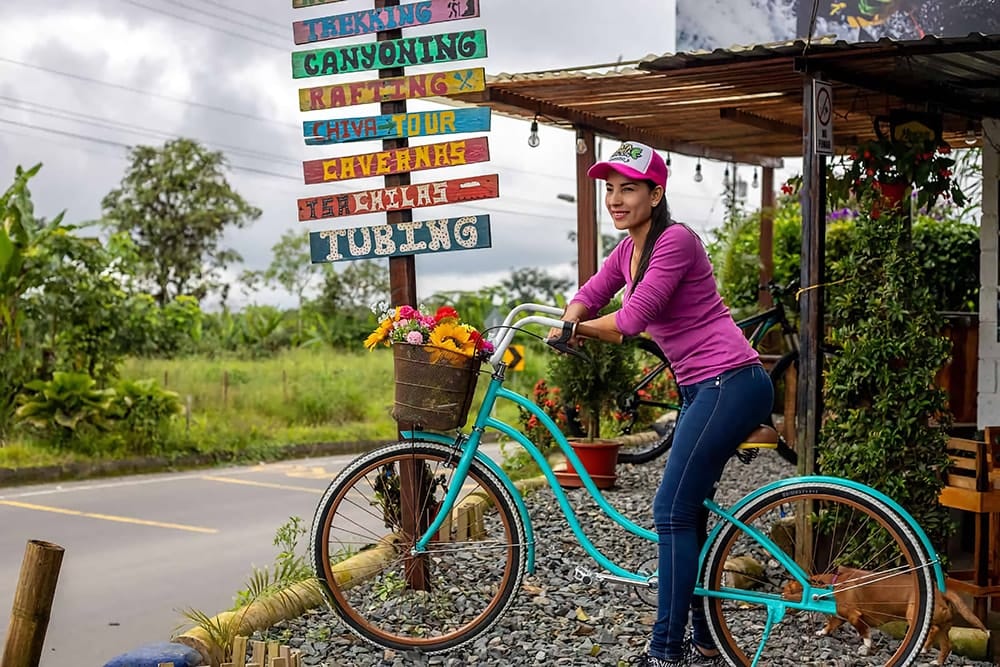
Continuing Benefits
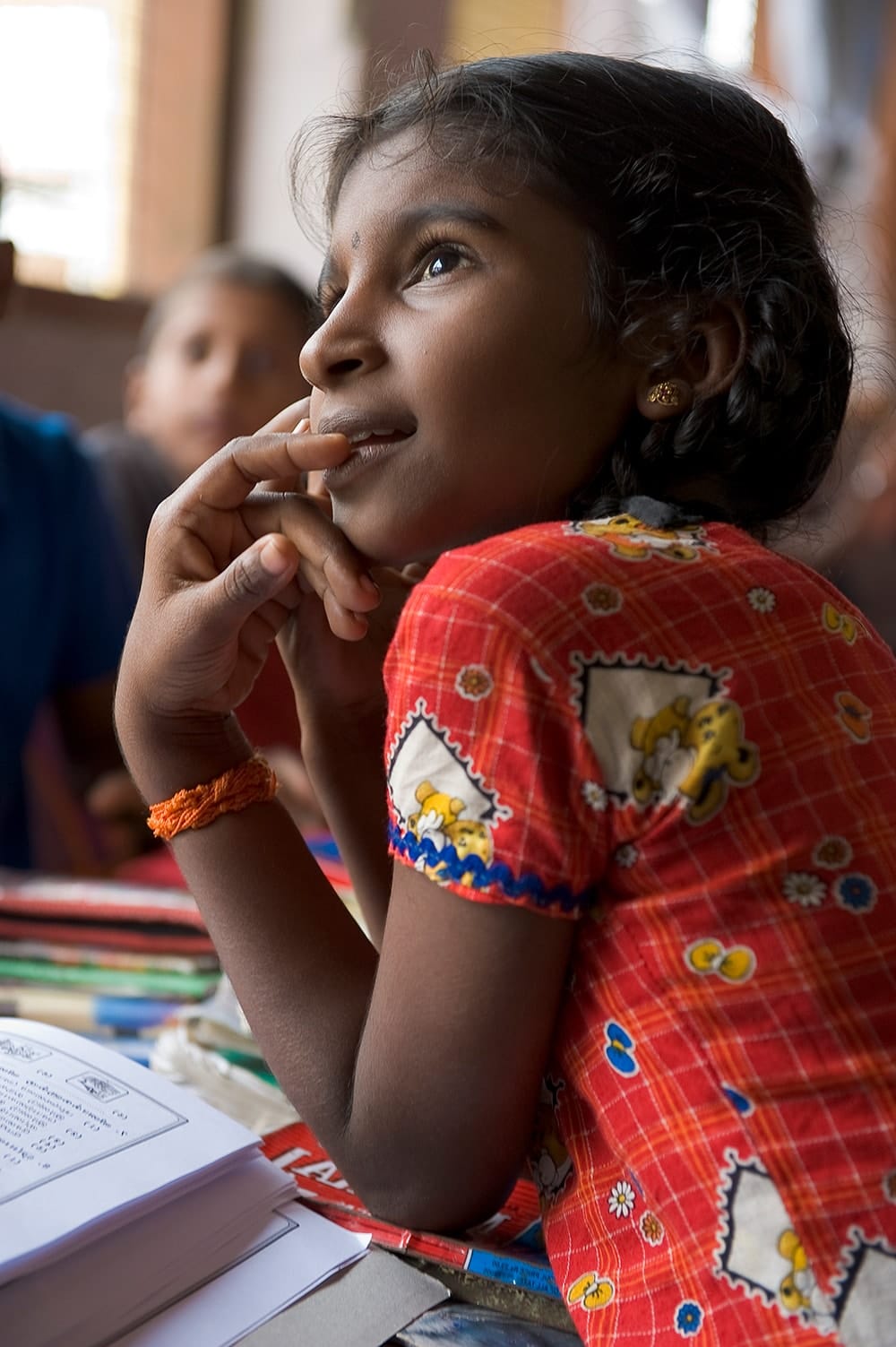
Another abstract by Wydick, Rutledge and USF graduate student Joanna Chu outlined how child sponsorship programs have been in existence since the 1930s.Over the next 75 years, they grew to the extent that nearly 3.5 million children in developing countries are now sponsored through the eight largest sponsorship programs.31
They said this means that a conservative estimate would put the current flow of funds to sponsored children from developed countries at $1.6 billion US per year, with total international transfers over the past two decades at $30 billion US. Given this “non-trivial” flow of resources, Wydick’s group said it was surprising that so little had been done to evaluate the impact of sponsorship programs.32
The exception: a randomized field experiment looking at the impacts of a Dutch program that funded new classroom construction. The program also gave students in randomly selected schools a $6 uniform and $3.44 in textbooks. That study found that even low-cost interventions resulted in beneficiaries attending school half a year longer than in the control group and advancing a third of a grade further in their education.33
In their study focused on Uganda, Wydick’s group found that
child sponsorship increased formal education by 2.9 years over a base of 8.4 years,
increased the probability of formal employment to 72.1 percent from a base of 55.15 percent,
and increased the probability of white collar employment to 37.1 percent from 19.1 percent.
They also found modest evidence that sponsored children lived in higher-quality homes as adults, were more likely to use mosquito nets (a simple tool to prevent mosquito borne illnesses), and were less likely to smoke or drink alcohol.34
Ironically, even though sponsorship has been around for so long, it isn’t necessarily understood, according to a 2017 study of 1,000 American charitable donors. The study was completed by Grey Matter Research Consulting of Phoenix and Opinions 4 Good, a philanthropic online market research firm based in Portsmouth, New Hampshire. It found that while 87 percent of American donors were aware of child sponsorship, only 24 percent felt very familiar with it.35

The Donor Mindset Study found that, overall, 74 percent of all donors believe child sponsorship is a legitimate, credible way of helping children in need, yet only 26 percent believe that strongly. Among people who were currently sponsoring a child, 98 percent believed that sponsorship is legitimate and credible, but only 68 percent felt that strongly. The other 30 percent had some doubts.36
The study also found significant confusion about how sponsorship actually works. Three of four donors believe that, despite what sponsorship organizations claim, the money doesn’t really help one child but is used for the charity’s overall programs. Seventy-seven percent wrongly believe that sponsored children have more than one sponsor, although major sponsorship organizations all state each child has one sponsor. Ron Sellers, president of Grey Matter Research, noted that this research showed a charitable sector that needed to go beyond high levels of awareness to build familiarity and comfort.37
“Most donors are aware of sponsorship and are generally positive toward it, but there is not a lot of real familiarity with how it works,” Sellers said. “It’s notable that most donors don’t hold any of their positive or negative perceptions about sponsorship strongly, but only somewhat. That shows a lot of donors aren’t entirely sure of their position on child sponsorship. … The interest is there but so are doubts or concerns. It would be wise for sponsorship organizations to explore deeply what these obstacles are and how they can effectively overcome them.”38
Despite such ambivalence, researchers found mechanisms that allow donors to be able to visit their child (offered by major sponsor organizations) serve as a “sort of warranty” for donors. Eighty-one percent of donors say the ability to visit their sponsored child makes sponsorship more legitimate and believable.39
Indeed, a national magazine story about the Donor Mindset Study quoted Compassion International spokesperson Tim Glenn about the difference this option makes: “I have seen these meetings take place dozens of times and I can tell you it is powerful every single time. There’s nothing like watching a sponsor hug his/her sponsored child for the first time. Sponsors can walk into the classrooms at the Compassion child development center and see the very desk where their child sits. They can meet the volunteers who cook hot meals for the child or chat with the teachers who give their time to tutor and mentor each child. It’s a life-changing experience for everyone involved.”40
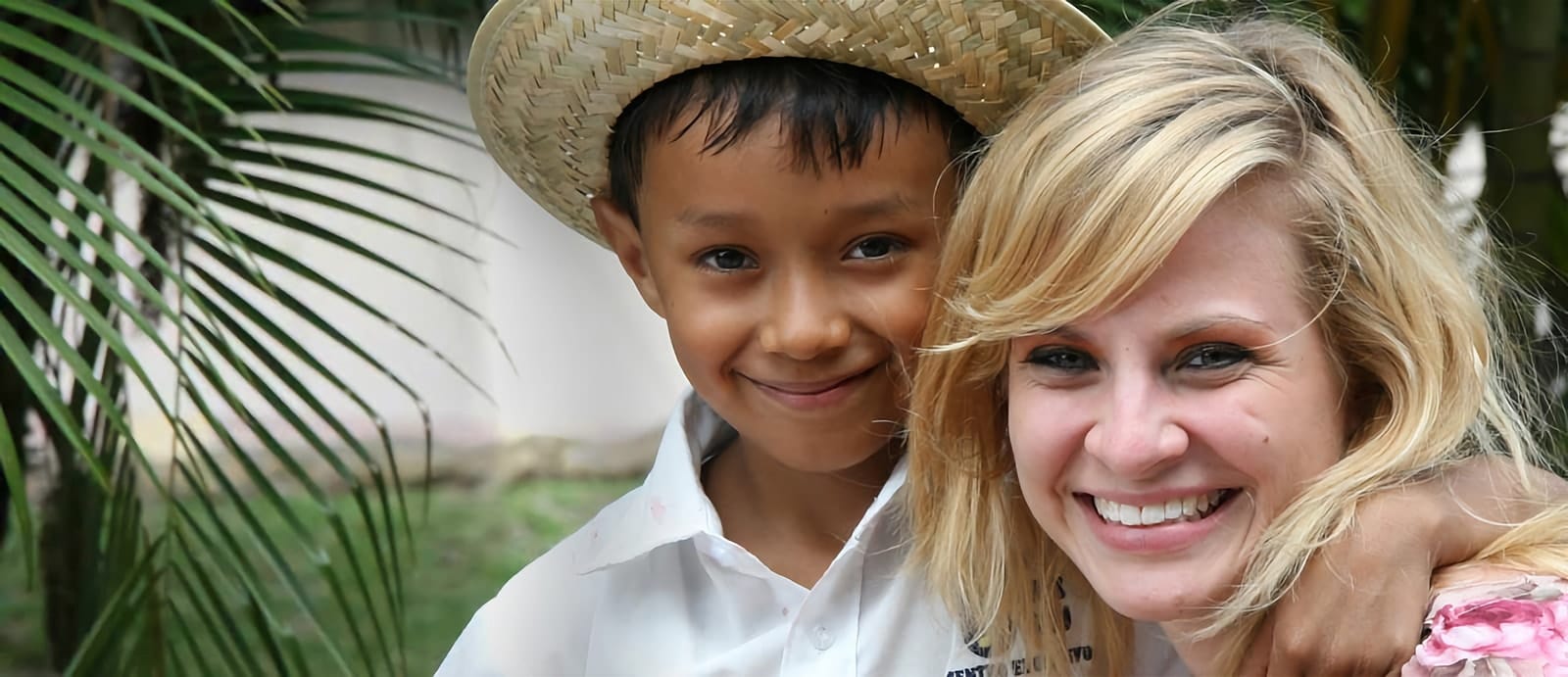
Long-Term Success
Success stories can be recent, like Neale’s in South Asia, or long-term, like Peace Ruharuza’s in Uganda, although the latter tends to illustrate the lasting impact of child sponsorship. Another example of ongoing success comes from Uganda where Phanuel Mwami is a father, social worker and leader of a community development organization in his hometown. But before a ChildFund (formerly Christian Children’s Fund) sponsor helped change the direction of his life, it was full of hopelessness.41
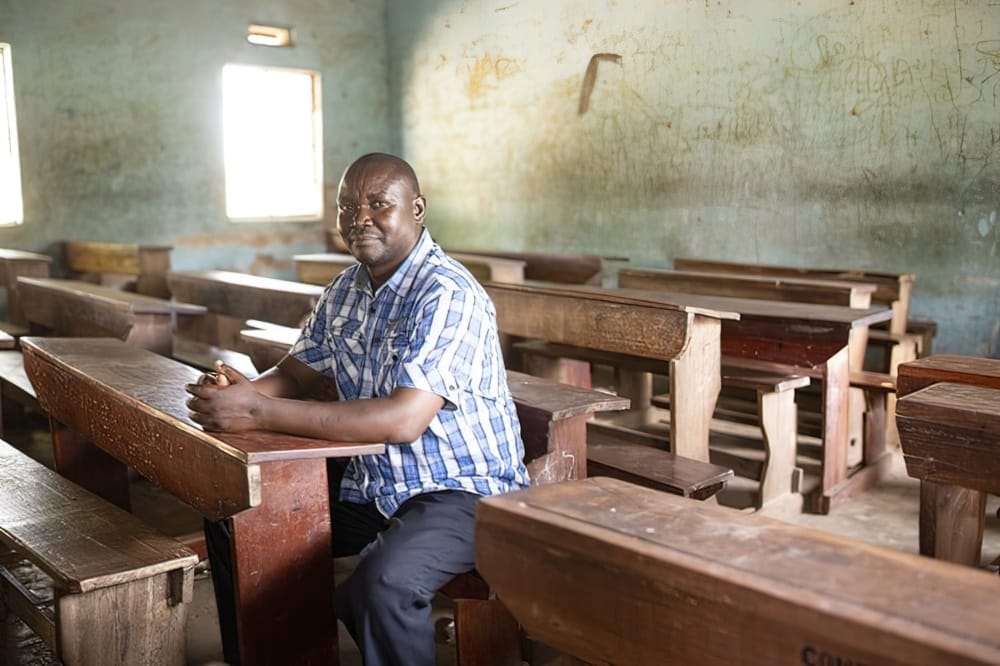
The sixth of nine children, Phanuel was the son of subsistence farmers who grew cotton and other crops on a small plot of land. Education in rural Uganda was not free or compulsory then (the country launched a free primary school program in 1997). With his parents unable to afford any kinds of supplies, by the age of eight, Phanuel had lost all hope of attending school.42
The family had other priorities, such as food, clothing and basic shelter.
“When it would rain, one of our older sisters would tell us to hold the walls of the house so they would not fall on us,” he said. “I feared the abject poverty we were living in. I could have died because of a lack of essential services.”43
That all changed in 1982 when a stranger named Bernard James decided to sponsor a child, which enabled Phanuel to enroll in a school that ChildFund had built using sponsorship funds. It was there Phanuel learned to read and write. The school also provided him with uniforms, books, supplies and nourishment. It also helped him survive when his father’s alcohol abuse drove his mother to move out in 1985 and take his other siblings with her.
He chose to stay, afraid following his mother would mean losing his place in the sponsorship program and a chance to get an education. It proved to be a wise decision: Phanuel excelled at school, found odd jobs, and saved enough money to pay his way through secondary school. A member of the school board who noticed his academic prowess took him into her home. Continuing gifts from his sponsor enabled him to buy a goat.
The now 48-year-old man went on to earn scholarships to attend university, where he studied sociology and social administration before he went on to pursue a career in social work. In 2010, Phanuel launched a nonprofit in the same community where he grew up. It supports more than 100 children in accessing an education.44
“I don’t want any child under my care to experience what I experienced,” he said. “Sponsorship opened up my opportunities. It enabled me to live the life I always dreamed of, and now, I am dedicating my life to helping others.”45
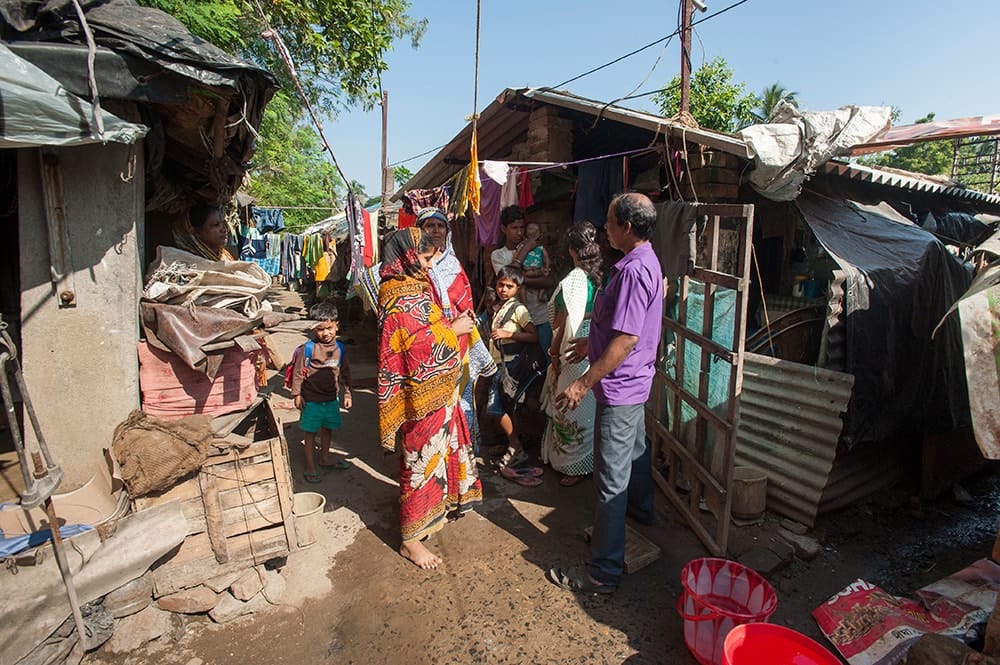
Recent Triumphs
With its sponsorship program launching in 2004, GFA World’s successes are more recent. Still, to date, the organization has helped a total of 142,000 children. During the pandemic-plagued year of 2021, more than 2,200 students in GFA World’s Child Sponsorship Program graduated from high school and began pursuing a path to a better future.
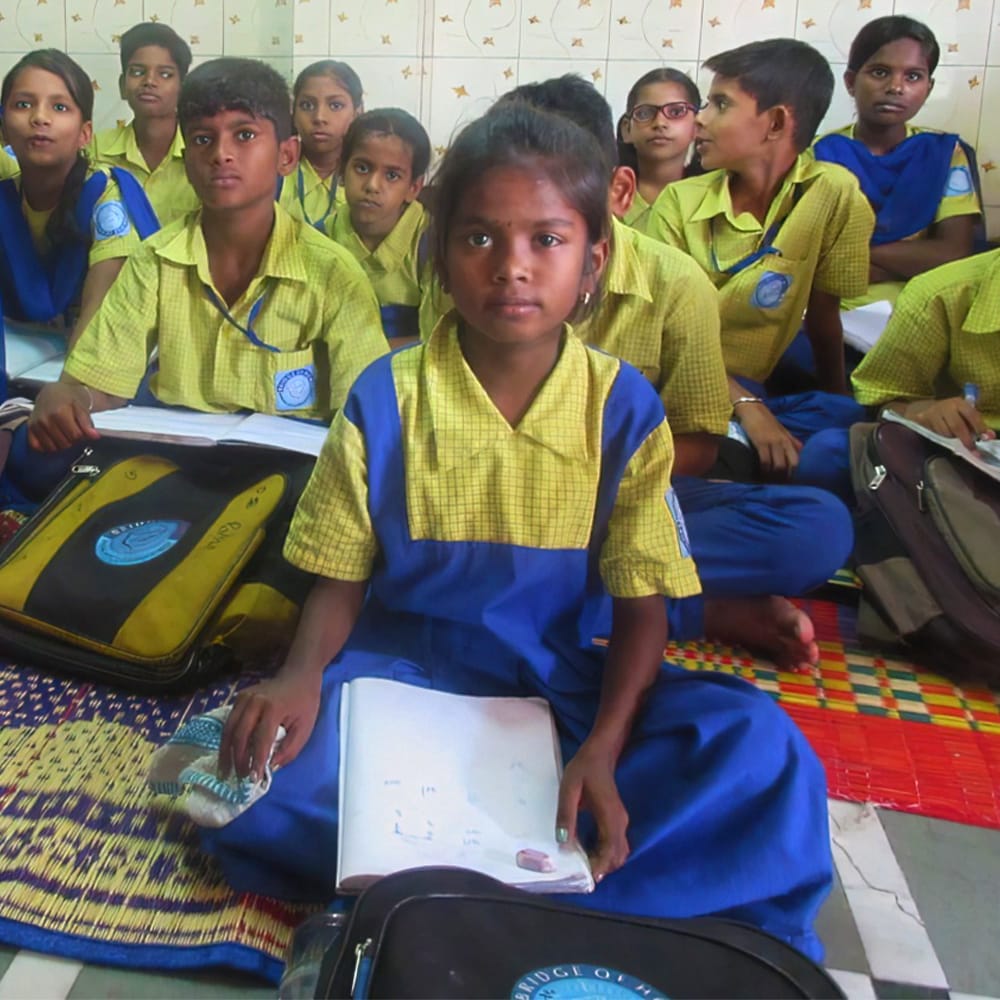
Kasni
Among stories of those receiving help is Kasni, who lives in a village in South Asia. The oldest of four children, she was left in charge when her mother, Dayita, went to work each day in the jungle. (Dayita was forced to do so because her husband’s alcohol addiction made him so sick he couldn’t work or even get out of bed.) Gathering firewood from the forest to sell in the market, Dayita made very little money, meaning her children often went to bed hungry.
When Gospel for Asia (GFA World) sponsorship workers visited the village and heard about Kasni’s plight, they were able to help her get enrolled in the program. She began attending tutoring classes in the afternoons after spending mornings caring for her siblings. The program reduced Dayita’s financial burden and provided her daughter with nutritious food and school supplies.46
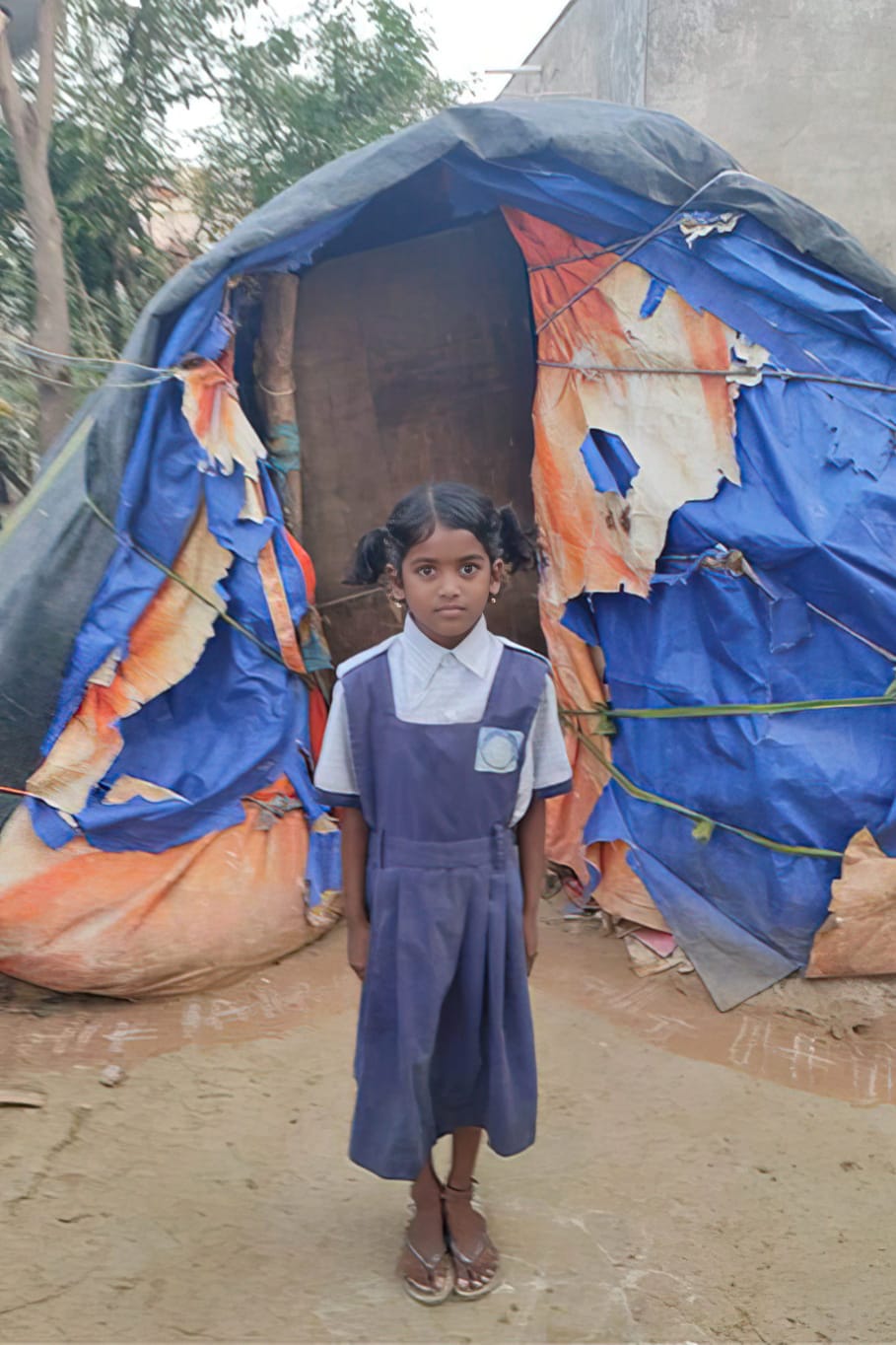
Divena
Another stirring story involves Divena, already facing an uncertain future at the age of five after her mother deserted the family. Her father would leave Divena and her brother alone for weeks at a time while he worked as a truck driver. One day, a Gospel for Asia (GFA World) social worker visited children in Divena’s area. When this worker passed by the little girl playing in the mud outside her tarp-covered home, the worker felt pity for her.
The woman helped get Divena and her brother into GFA’s sponsorship program.
That meant a daily meal along with adult supervision and guidance, school supplies, and free school tuition. Today, Divena dreams of a brighter future.
“I was totally discouraged when my mother left us alone,” the girl said. “It was very difficult for me and my brother to live without her. We starved many days, and our father also could not look after us. Whenever I saw the children going to school, I felt very sad. However, today [GFA’s sponsorship program] has become a blessing to me and my brother.”47
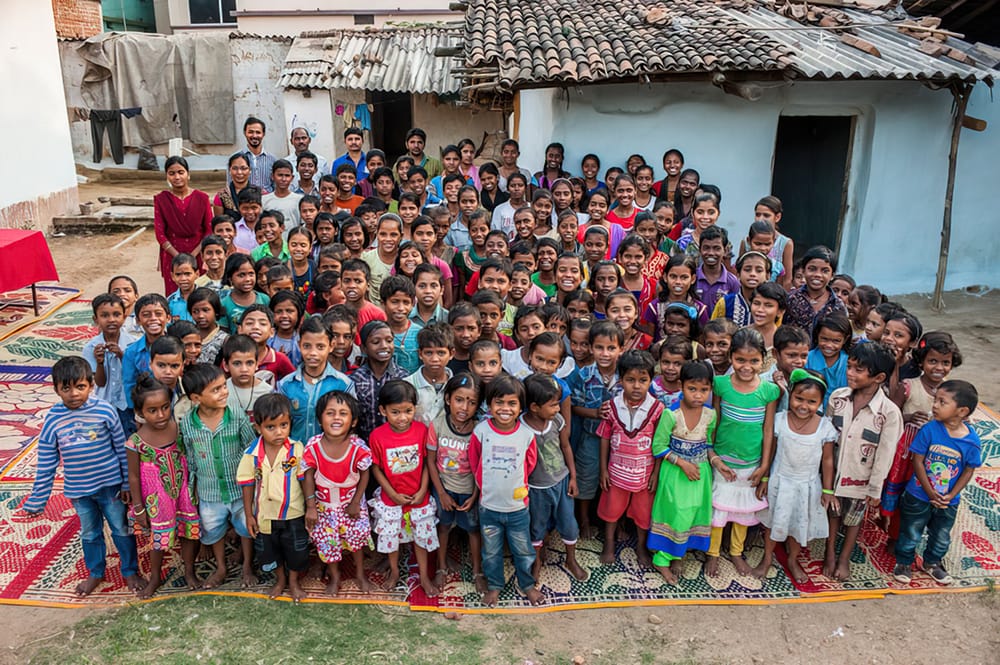
Bir
GFA World’s founder, K.P. Yohannan (Metropolitan Yohan), said sponsorship helps children overcome the stigma of poverty and the low self-esteem that often accompanies those from deprived circumstances. In his 2020 memoir, Never Give Up, he wrote about children like Bir, who scavenged plastic bags for his parents while believing he was as worthless as the trash he sorted48.

GFA World Founder
“When a GFA World Sponsorship Program center opened in his village, Bir and his friends discovered they were created for a higher purpose and that God loves them,” Yohannan said. “This knowledge sets kids free and completely transforms their lives. It’s critical that this generation does not give up and that it’s empowered to break free from the stranglehold of poverty.”49
You can be part of the solution that is setting children free from a life of poverty. Simply visit the GFA World website: https://www.gfa.org/sponsorachild/. You can sponsor a child living in South Asia or Africa. You can also find a child who shares your birthday or pick a child to sponsor who has a specific age or gender. Your decision to sponsor can make a substantial difference in the life of an impoverished or underprivileged child.
About GFA World
Gospel for Asia (GFA World) is a leading faith-based global mission agency, helping national workers bring vital assistance and spiritual hope to millions across the world, especially in Asia and Africa, and sharing the love of God. In a typical year, this includes thousands of community development projects that benefit downtrodden families and their children, free medical camps conducted in more than 880 villages and remote communities, over 4,800 clean water wells drilled, over 12,000 water filters installed, income-generating Christmas gifts for more than 163,000 needy families, and teaching to provide hope and encouragement in 110 languages in 14 nations through broadcast ministry. GFA World has launched programs in Africa, starting with compassion projects in Rwanda. For all the latest news, visit the Press Room at https://gfanews.org/news.
Read more news on Non Profit / Faith Based Organizations, Child Sponsorship, Poverty Alleviation, Children’s Education and GFA World on Missions Box.
Learn more about Gospel for Asia: Facebook | YouTube | Instagram | LinkedIn | SourceWatch | Integrity | Lawsuit Update | 5 Distinctives | 6 Remarkable Facts | 10 Milestones | Media Room | Malaria Vaccine | Endorsements | 40th Anniversary | Lawsuit Response | International Offices | Missionary and Child Sponsorship | Transforming Communities through God’s Love
Notable News about Gospel for Asia: FoxNews, ChristianPost, NYPost, MissionsBox
Read what 30 Christian Leaders are affirming about Gospel for Asia.
This Special Report originally appeared on gfa.org.
Footnotes:
- Rabey, Steve. “Compassion International crosses $1 billion milestone.” Colorado Springs Gazette. https://gazette.com/life/compassion-international-crosses-1-billion-milestone/article_4131990a-187b-11eb-9f03-5ff71a170a62.html. November 1, 2020.
- “Accountability Report.” Compassion International. https://www.compassion.com/multimedia/OCFO_AccountabilityReport2020.pdf.
- Rabey, Steve. “Compassion International crosses $1 billion milestone.” Colorado Springs Gazette. https://gazette.com/life/compassion-international-crosses-1-billion-milestone/article_4131990a-187b-11eb-9f03-5ff71a170a62.html. November 1, 2020.
- Kaell, Hillary. “When a child chooses a donor to sponsor them, it’s a new twist on a surprisingly old model of international charity.” The Conversation. https://theconversation.com/when-a-child-chooses-a-donor-to-sponsor-them-its-a-new-twist-on-a-surprisingly-old-model-of-international-charity-148209. November 12, 2020.
- “Ending Learning Poverty.” The World Bank. Last updated, https://www.worldbank.org/en/topic/education/brief/ending-learning-poverty. October 20, 2021.
- Ibid.
- “Child labor: Facts, FAQs, and How to Help End It.” World Vision Inc. https://www.worldvision.org/child-protection-news-stories/child-labor-facts. July 7, 2022.
- “Keeping His Future Intact.” GFA World News. https://www.gfa.org/news/articles/keeping-his-future-intact-wfr21-10/. October 2021.
- “Keeping His Future Intact.” GFA World News. https://www.gfa.org/news/articles/keeping-his-future-intact-wfr21-10/. October 2021.
- “What the Benefits of our Child Sponsorship Program?” Compassion International. https://www.compassion.com/how-we-work/benefits-of-the-program.htm. Accessed May 19, 2020.
- “Compassion International crosses $1 billion milestone.” Colorado Springs Gazette. https://gazette.com/life/compassion-international-crosses-1-billion-milestone/article_4131990a-187b-11eb-9f03-5ff71a170a62.html. November 1, 2020.
- “Our History.” Unbound. https://www.unbound.org/OurImpact/WhoWeAre/OurHistory. Accessed August 29, 2022.
- “Our History.” Unbound. https://www.unbound.org/OurImpact/WhoWeAre/OurHistory. Accessed August 29, 2022.
- “Unbound Reaches Significant Milestone with $2 Billion in Aid.” Unbound. https://www.unbound.org/Media/2021/August/Celebrating2Billion. Accessed August 29, 2022.
- “International Nonprofit Unbound Disburses $2 Billion in Aid for Children and Elders Overcoming Poverty.” Globe Newswire. https://www.globenewswire.com/news-release/2021/08/17/2282277/0/en/International-nonprofit-Unbound-disburses-2-billion-in-aid-for-children-and-elders-overcoming-poverty.html. August 17, 2021.
- “Chosen: The Power to Choose Is in the Child’s Hands” World Vision Inc. https://www.worldvision.org/sponsor-a-child/chosen. Accessed August 29, 2022.
- Kaell, Hillary. “When a Child Chooses a Donor to Sponsor Them, It’s a New Twist on a Surprisingly Old Model of International Charity.” https://theconversation.com/when-a-child-chooses-a-donor-to-sponsor-them-its-a-new-twist-on-a-surprisingly-old-model-of-international-charity-148209. Accessed August 29, 2022.
- “Children International Is a Secular Nonprofit.” ChildrenInternational.com. https://www.children.org/learn-more/history/non-religious-charity. Accessed May 10, 2022.
- Ibid.
- Wydick, Bruce; Glewwe, Paul; and Rutledge, Laine. “Does international child sponsorship work? A six-country study of impacts on adult life outcomes.” Journal of Political Economy. https://www.journals.uchicago.edu/doi/full/10.1086/670138. April 2013.
- Wydick, Bruce; Glewwe, Paul; and Rutledge, Laine. “Does international child sponsorship work? A six-country study of impacts on adult life outcomes.” Journal of Political Economy. https://www.journals.uchicago.edu/doi/full/10.1086/670138. April 2013.
- Margerison, Gemma. “You can’t argue with numbers.” Christian Today Australia. https://christiantoday.com.au/news/you-cant-argue-with-numbers.html. Accessed May 11, 2022.
- Wydick, Bruce; Glewwe, Paul; and Rutledge, Laine. “Does international child sponsorship work? A six-country study of impacts on adult life outcomes.” Journal of Political Economy. https://www.journals.uchicago.edu/doi/full/10.1086/670138. April 2013.
- Ibid.
- Ibid.
- Ibid.
- Margerison, Gemma. “You can’t argue with numbers.” Christian Today Australia. https://christiantoday.com.au/news/you-cant-argue-with-numbers.html. Accessed May 11, 2022.
- Ibid.
- Buchanan, Emily. “Is child sponsorship ethical?” BBC News. https://www.bbc.com/news/uk-22472455. May 9, 2013.
- Ibid.
- Wydick, Bruce; Rutledge, Laine; and Chu, Joanna. “Does child sponsorship work? Evidence from Uganda using a regression continuity design,” (pg. 1). University of California. http://eml.berkeley.edu/~webfac/bardhan/wydick.pdf. May 2009.
- Ibid.
- Ibid.
- Wydick, Bruce; Rutledge, Laine; and Chu, Joanna. “Does child sponsorship work? Evidence from Uganda using a regression continuity design,” (cover pg.). University of California. http://eml.berkeley.edu/~webfac/bardhan/wydick.pdf. May 2009.
- “How Do Donors Perceive Child Sponsorship?” Grey Matter Research & Consulting. https://greymatterresearch.com/sponsorship/. September 19, 2017.
- Ibid.
- “How Do Donors Perceive Child Sponsorship?” Grey Matter Research & Consulting. https://greymatterresearch.com/sponsorship/. September 19, 2017.
- Ibid.
- Ibid.
- Zylstra, Sarah Eekhoff. “What current, past, and ‘never’ child sponsors think. Christianity Today. https://www.christianitytoday.com/news/2017/december/child-sponsorship-donors-survey-compassion-world-vision.html. December 19, 2017.
- “Child Sponsorship Changes the Story for Phanuel.” ChildFund.org. https://www.childfund.org/Content/StoryDetail/17179871321/. January 20, 2022.
- Ibid.
- Ibid.
- Ibid.
- Ibid.
- “An Education They Never Dreamed Of.” GFA World News. https://www.gfa.org/news/articles/an-education-they-never-dreamed-of/. May 2016.
- “Neglected Girl Replaces Mud Canvas with Paper, Pencils.” GFA World News. https://www.gfa.org/news/articles/neglected-girl-replaces-mud-canvas-with-paper-pencils/. May 2020.
- Yohannan, K.P., “Never Give Up” GFA Books. https://nevergiveupbook.org/. April 1, 2020.
- Ibid.

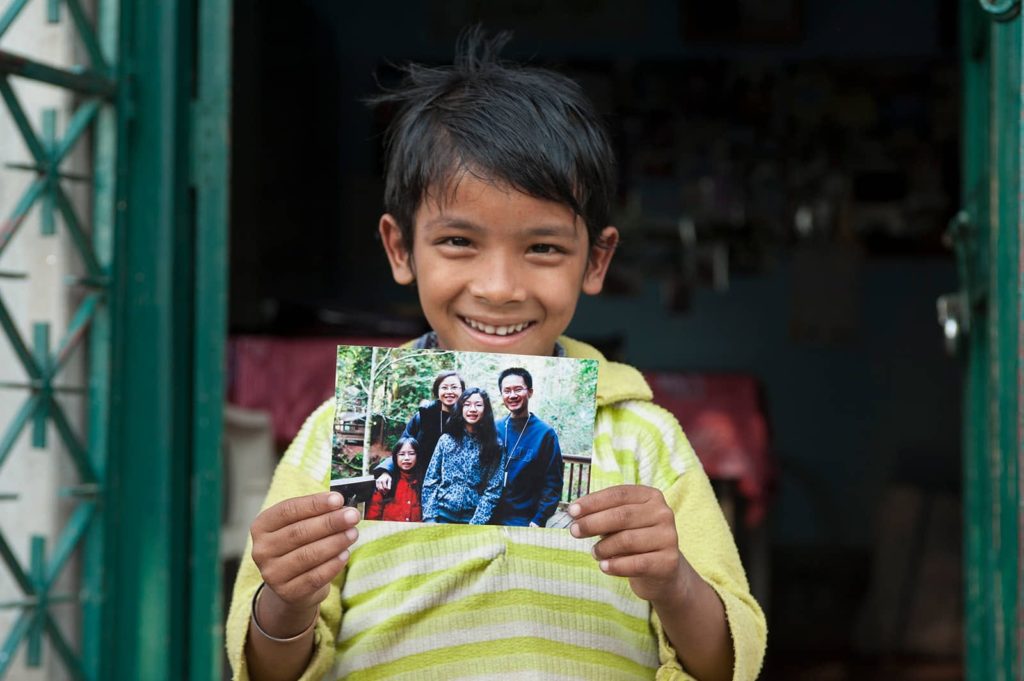
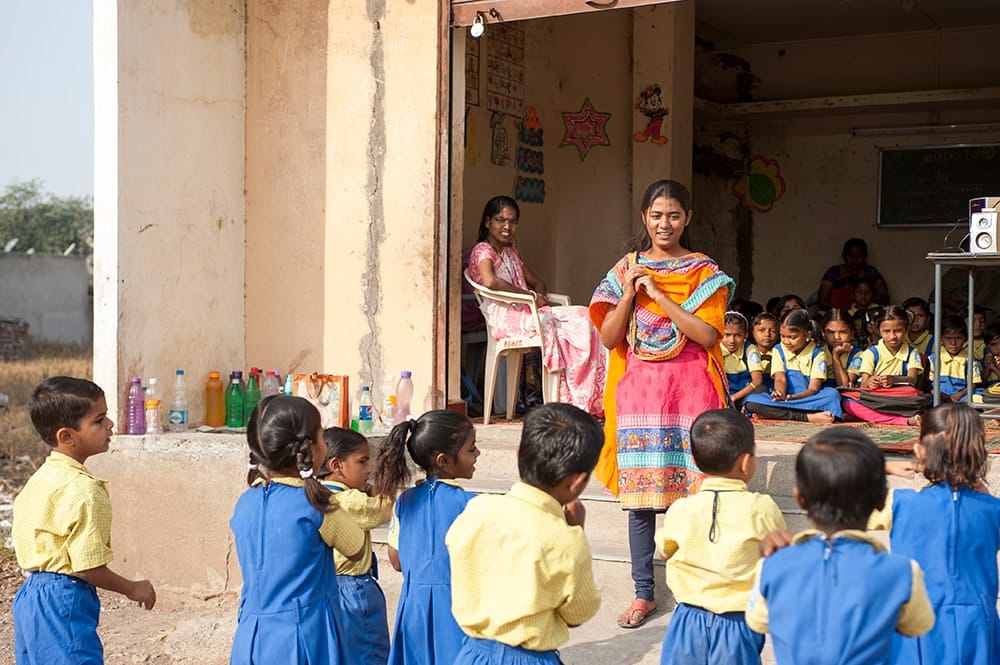
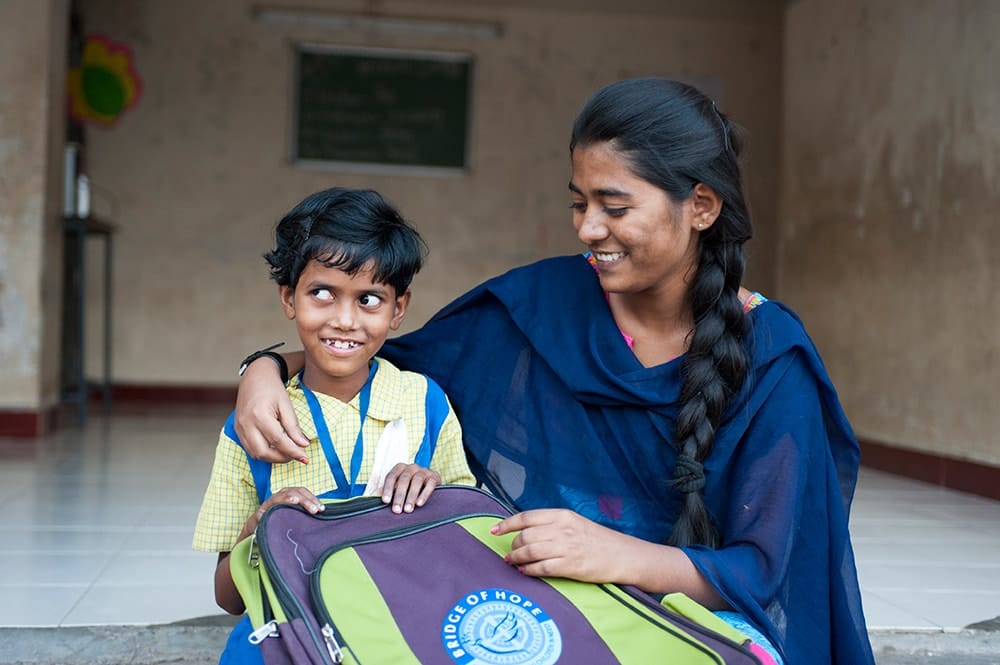
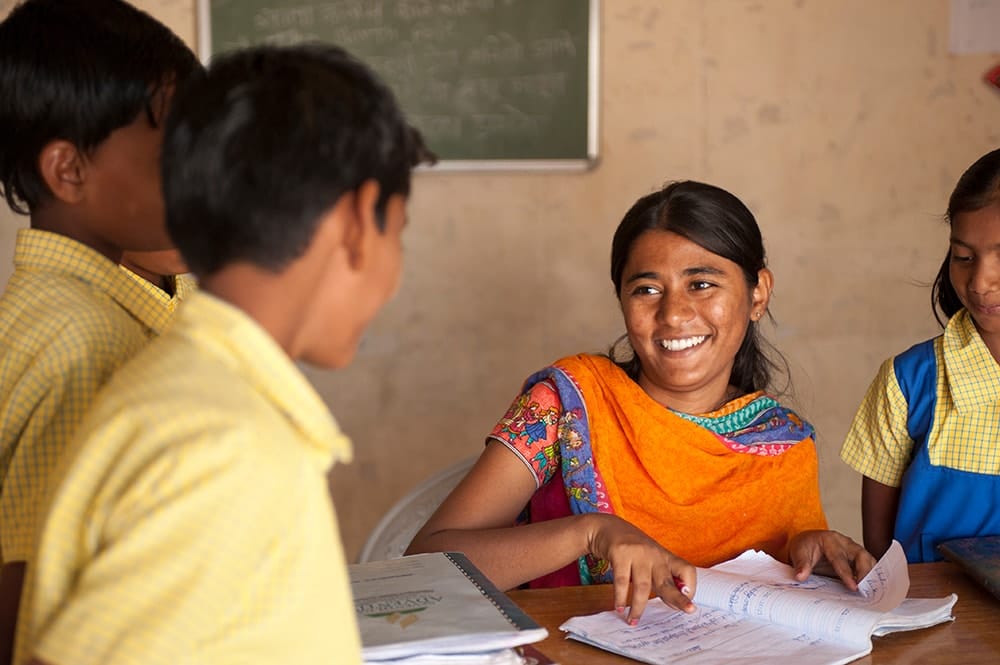
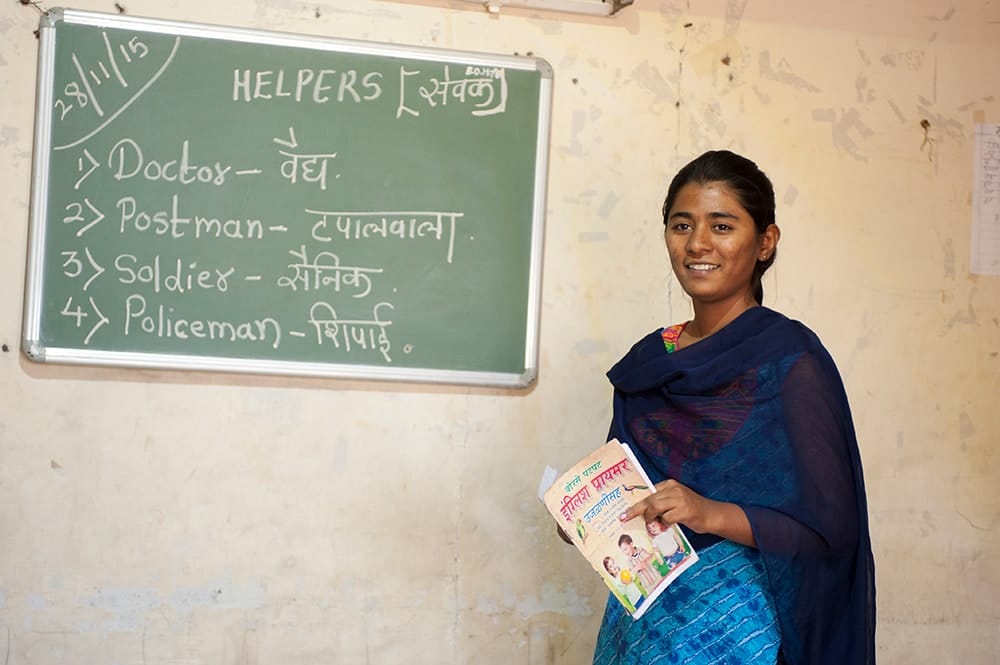




Very nicely researched and a fair, objective assessment of these programs.